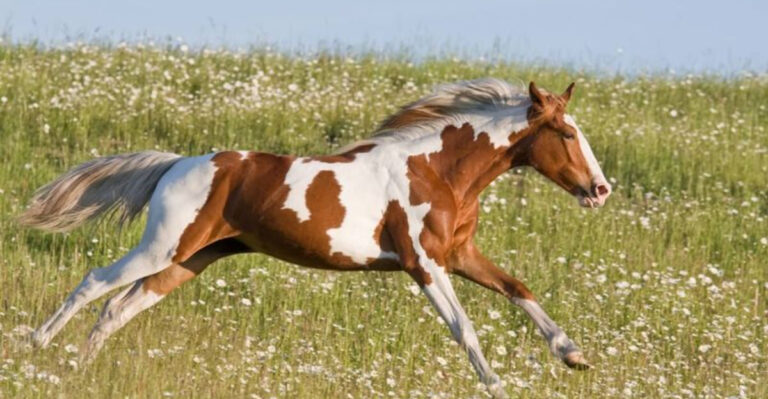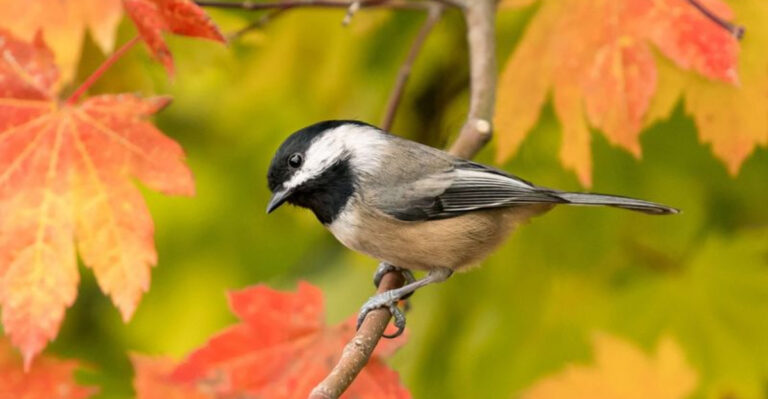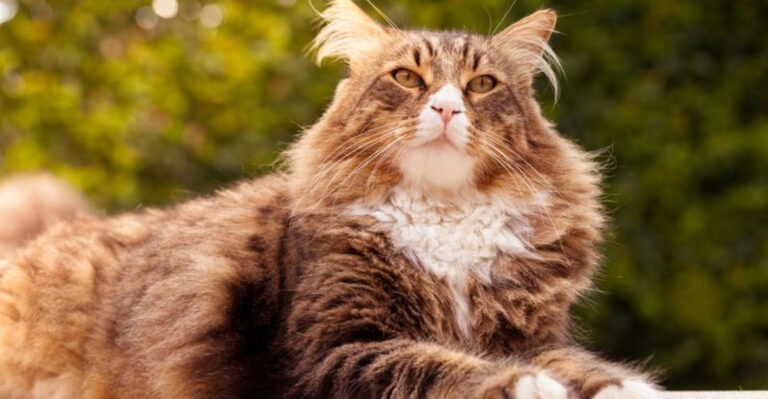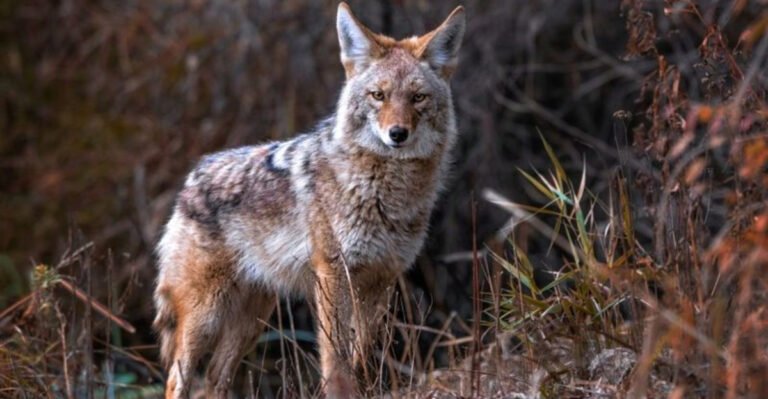16 Signs Your City Cat Misses The Outdoors (And How To Reignite Their Wild Side)
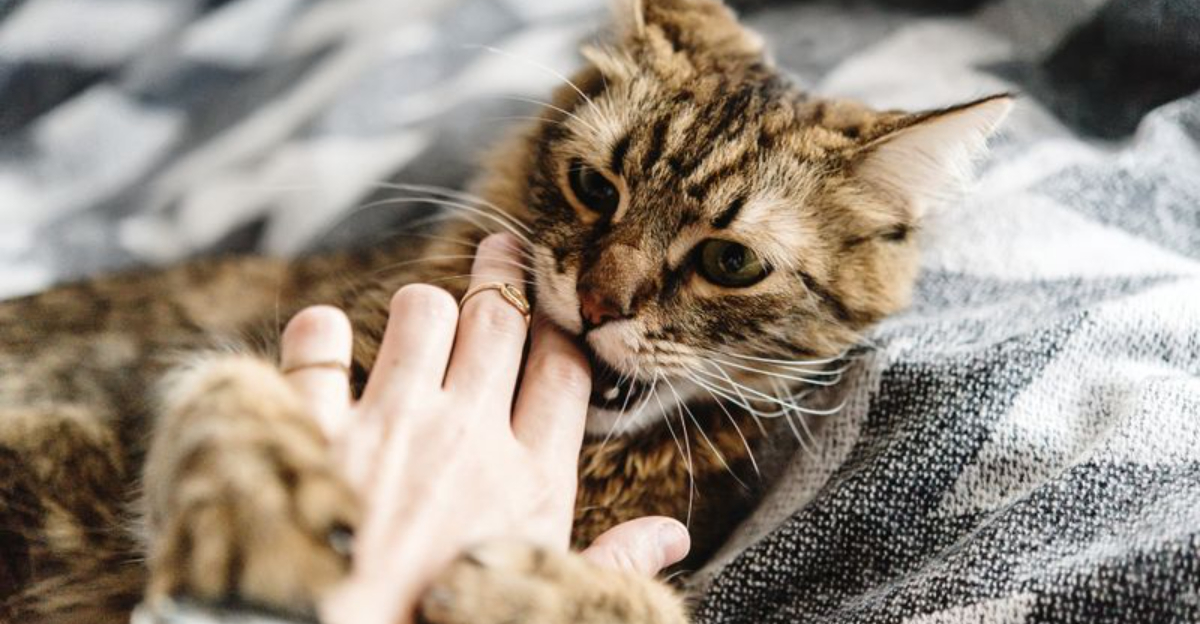
Ever notice your apartment kitty staring longingly out the window? City living offers safety for our feline friends, but many indoor cats still crave their wild heritage.
Understanding when your cat misses nature helps you create enriching indoor experiences. Here’s how to spot the signs and bring the outdoors in without letting your furry explorer roam free.
1. Window Watching Marathon
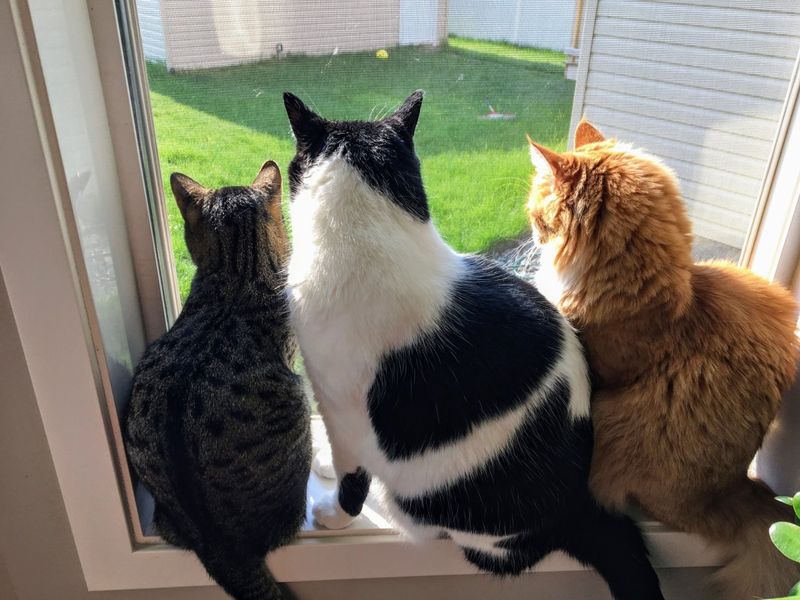
Those hours your cat spends glued to the window? It’s not just casual bird TV. They’re mentally hunting every squirrel, leaf, and butterfly that passes by.
This fixation signals a deep connection to their outdoor instincts that need stimulation. Try setting up a cozy window perch with cushions to make their observation post more comfortable.
2. Desperate Door Dashing
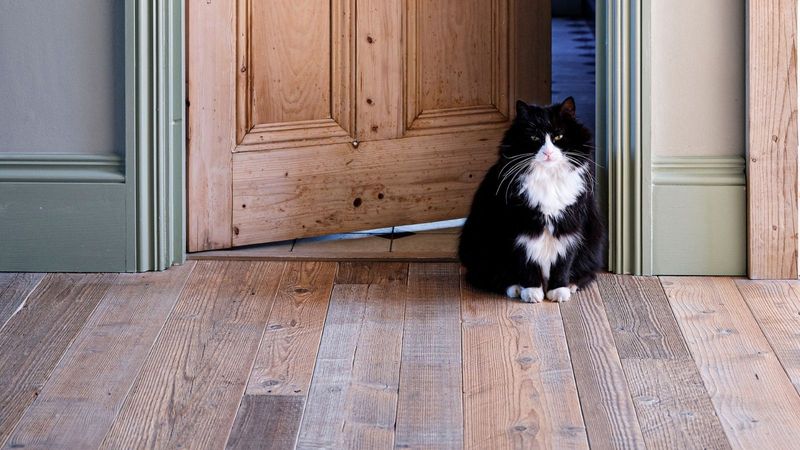
The lightning-fast bolt toward any open door isn’t just mischief – it’s your cat’s attempt to reconnect with their ancestral territory. This escape artist behavior shows they’re craving exploration beyond your walls.
Consider harness training for supervised outdoor adventures. Start with short indoor practice sessions to help them adjust to the feeling gradually.
3. Midnight Zoomies Increase
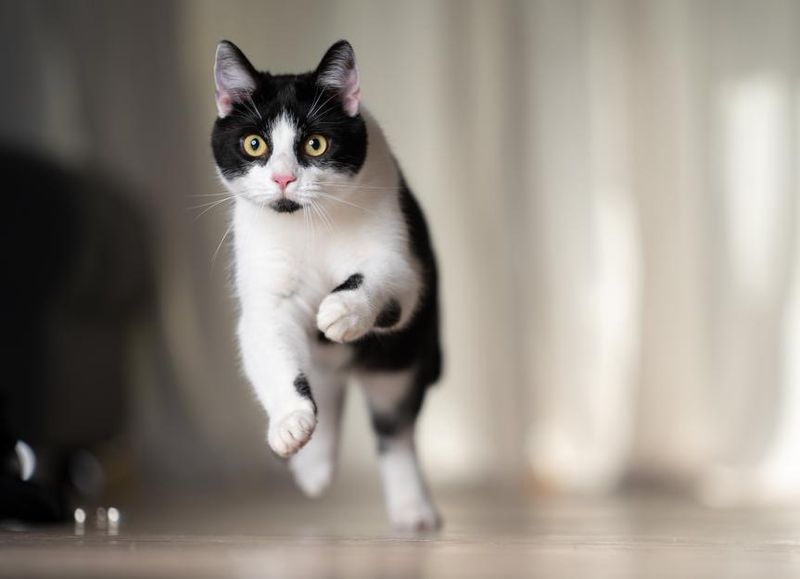
Wild cats hunt during dawn and dusk. When your apartment kitty tears through rooms at 3 AM, they’re following ancient hunting patterns.
Their body clock says it’s time to stalk prey, even when there’s nothing to chase. Schedule interactive play sessions before bedtime to satisfy these natural urges and help them burn energy when you’re actually awake.
4. Attacking Ankles Ambush-Style
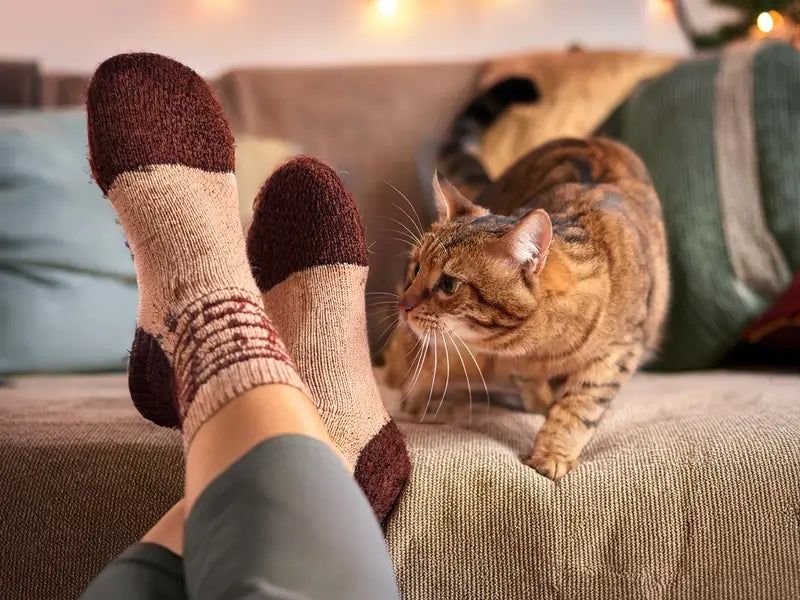
Suddenly your ankles have become prey! This hunting behavior surfaces when cats lack proper outlets for their predatory instincts.
In nature, they’d stalk real creatures, not your feet. Redirect this energy with hunting-simulation toys like feather wands or treat puzzles that require “hunting” skills. Your ankles will thank you.
5. Excessive Plant Munching

Finding your houseplants consistently chewed? Outdoor cats naturally nibble grass to aid digestion and get fiber.
Your indoor hunter is seeking that same natural remedy. Grow cat-safe grass in small pots around your home – it’s inexpensive and satisfies their craving for greens without sacrificing your decorative plants.
6. Obsessive Scratching Everywhere
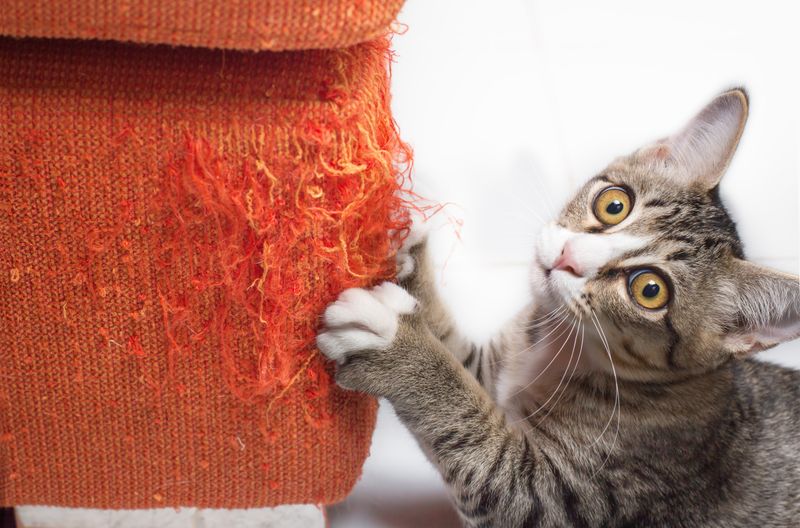
When your sofa looks like it survived a tiny wolverine attack, your cat’s telling you something. Wild cats mark territory and maintain claw health by scratching trees.
Your furniture has become their forest substitute. Invest in varied scratching surfaces – both vertical and horizontal – with different textures that mimic bark, earth, and other natural scratching materials.
7. Intense Interest In Smells
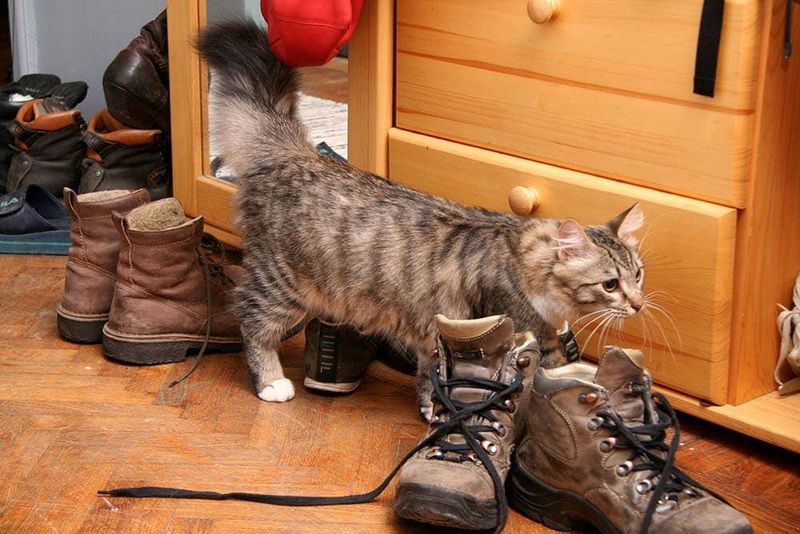
Notice your cat frantically sniffing your shoes after you’ve been outside? Their powerful nose craves the information-rich scents of the natural world.
Each smell tells a story they’re missing out on. Try bringing outdoor scents inside by rubbing clean cloths on trees or plants during your walks, then placing them around your home for sensory enrichment.
8. Constant Meowing At Windows
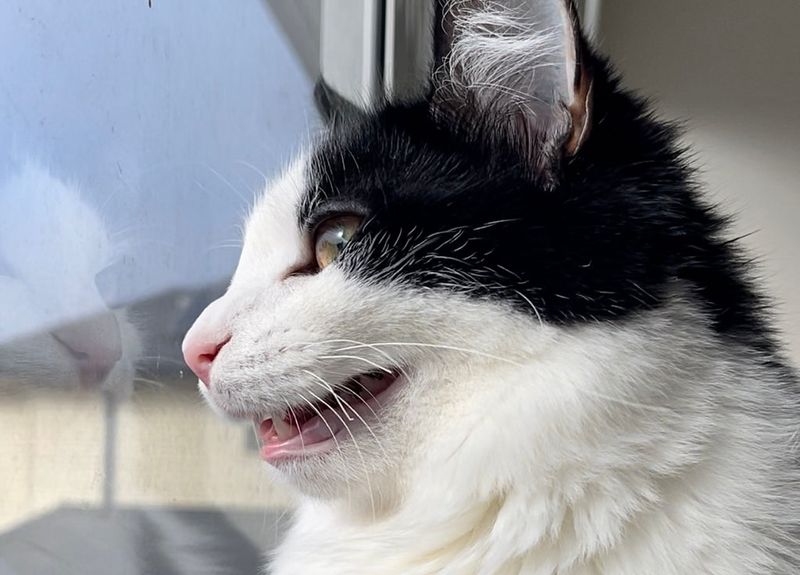
That distinctive chattering or chirping at birds isn’t just cute – it’s frustration. Your cat is literally talking to potential prey they can’t reach.
This vocalization shows their hunting drive is in overdrive with no outlet. Create entertainment by hanging bird feeders outside windows where it’s safe for your cat to watch the action up close.
9. Destructive Digging Behavior
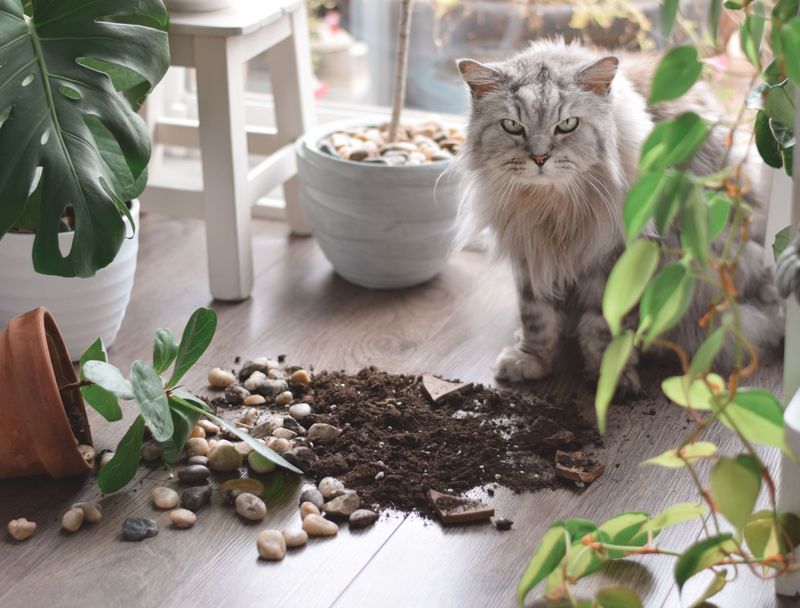
Finding soil scattered from potted plants or your cat pawing at carpet corners? They’re trying to dig like they would outdoors.
This instinctive behavior helps wild cats hide food or create bathroom spots. Satisfy this urge with a designated digging box filled with child-safe sand or soil where they can excavate to their heart’s content.
10. Excessive Grooming Or Shedding
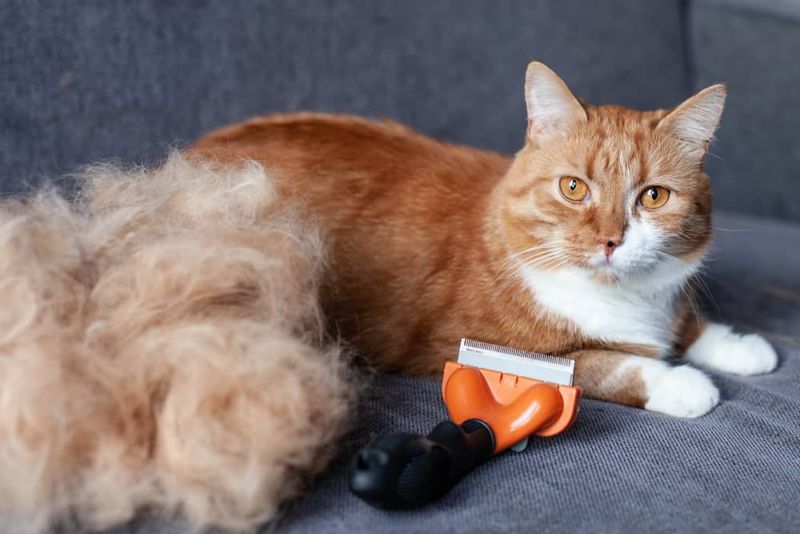
Stress from limited environmental stimulation often manifests physically. Outdoor cats experience constant sensory input that indoor kitties lack.
Without these natural distractions, some cats over-groom to self-soothe. Create stimulating environments with hiding spots, climbing opportunities, and rotating toys to reduce anxiety-related behaviors and keep their minds engaged.
11. Pacing Back And Forth
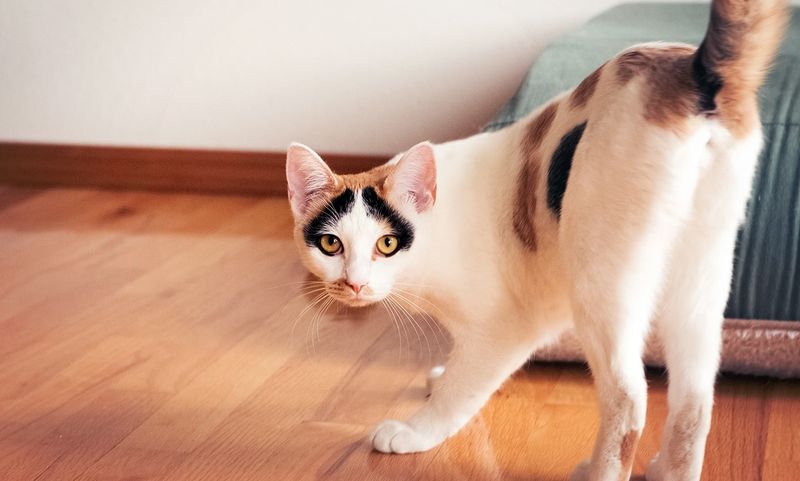
That repetitive walking path your cat takes isn’t random – it’s a sign of pent-up energy. Wild cats might cover miles daily hunting and patrolling territory.
Your apartment explorer has the same instincts but nowhere to go. Create vertical space with cat shelves and trees to expand their territory upward when floor space is limited.
12. Suddenly Aggressive Play
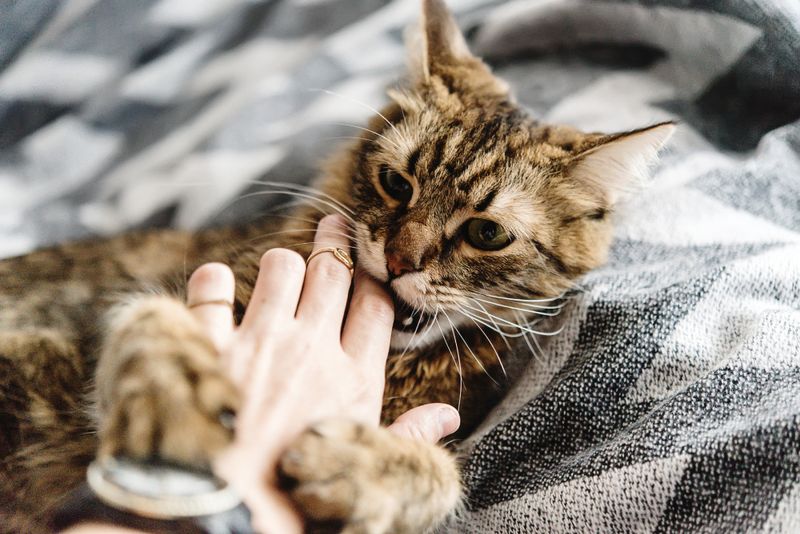
When gentle play escalates into biting and scratching, your cat’s inner predator is struggling to express itself. These intense play sessions mimic hunting – the stalking, pouncing, and “killing” sequences they’d naturally perform.
Schedule several short, high-energy play sessions daily using interactive toys that move unpredictably like real prey.
13. Unusual Sleeping Patterns
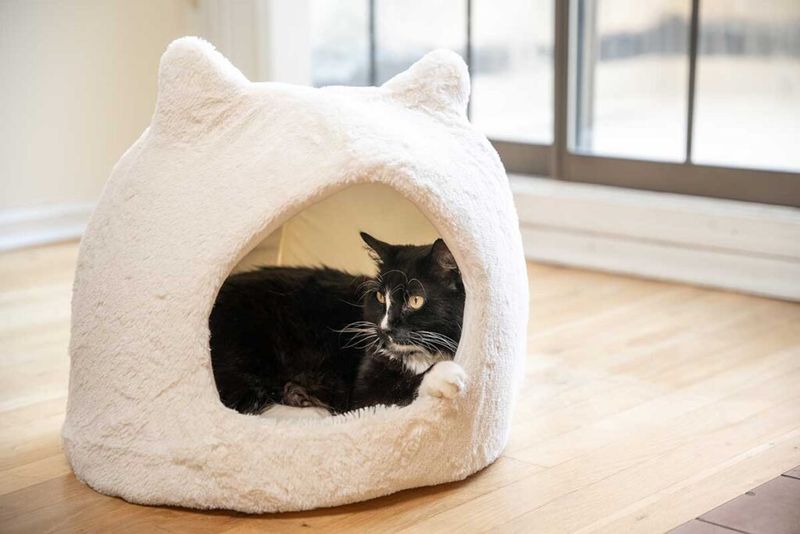
Found your cat wide awake at odd hours? Their natural rhythm is thrown off without outdoor light cycles and activity.
Outdoor cats synchronize sleep with hunting opportunities and daylight. Help reset their clock with interactive play during daylight hours and creating a consistent daily routine that includes active periods when you’re home.
14. Desperate Sunbathing In Tiny Spots

When your cat squeezes into that one sunbeam hitting the floor, they’re seeking more than warmth. Sunbathing is a natural behavior that helps cats synthesize vitamin D and regulate body temperature.
Create more sunny lounging spots by arranging furniture to maximize light access or investing in a cat window perch that catches direct sunlight.
15. Excessive Attention-Seeking
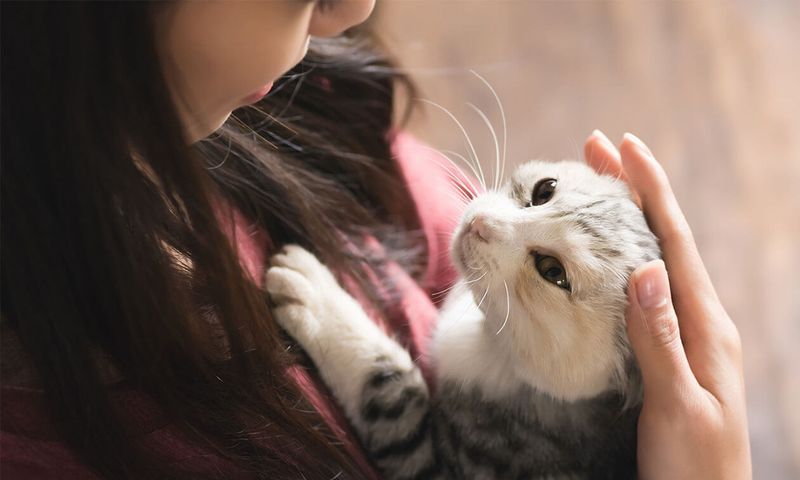
Suddenly your independent cat won’t leave you alone? Without the stimulation of outdoor environments, you’ve become their primary entertainment source.
This clingy behavior often indicates boredom rather than affection. Create environmental enrichment with puzzle feeders, rotating toys, and sensory experiences like videos of birds or fish to give them mental challenges beyond human interaction.
16. Unexplained Litter Box Issues
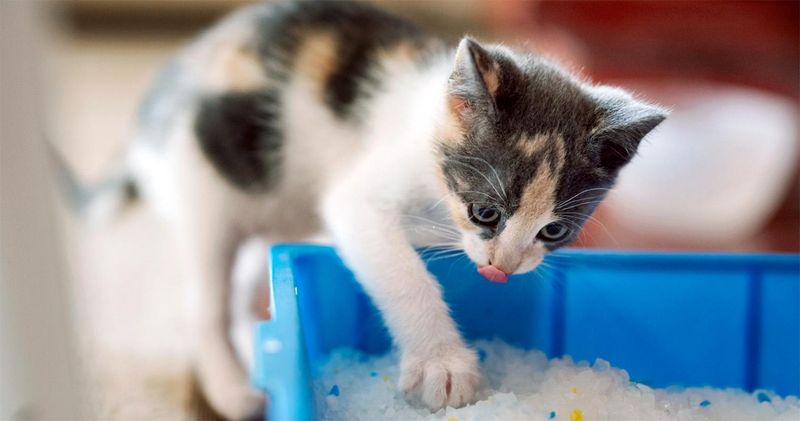
When your previously perfect cat starts avoiding the litter box, frustration might be the culprit. Outdoor cats choose their bathroom spots based on texture, privacy, and territory marking instincts.
Indoor cats with unfulfilled outdoor desires sometimes protest their confinement through elimination issues. Try different litter textures that mimic natural substrates like soil or sand.

